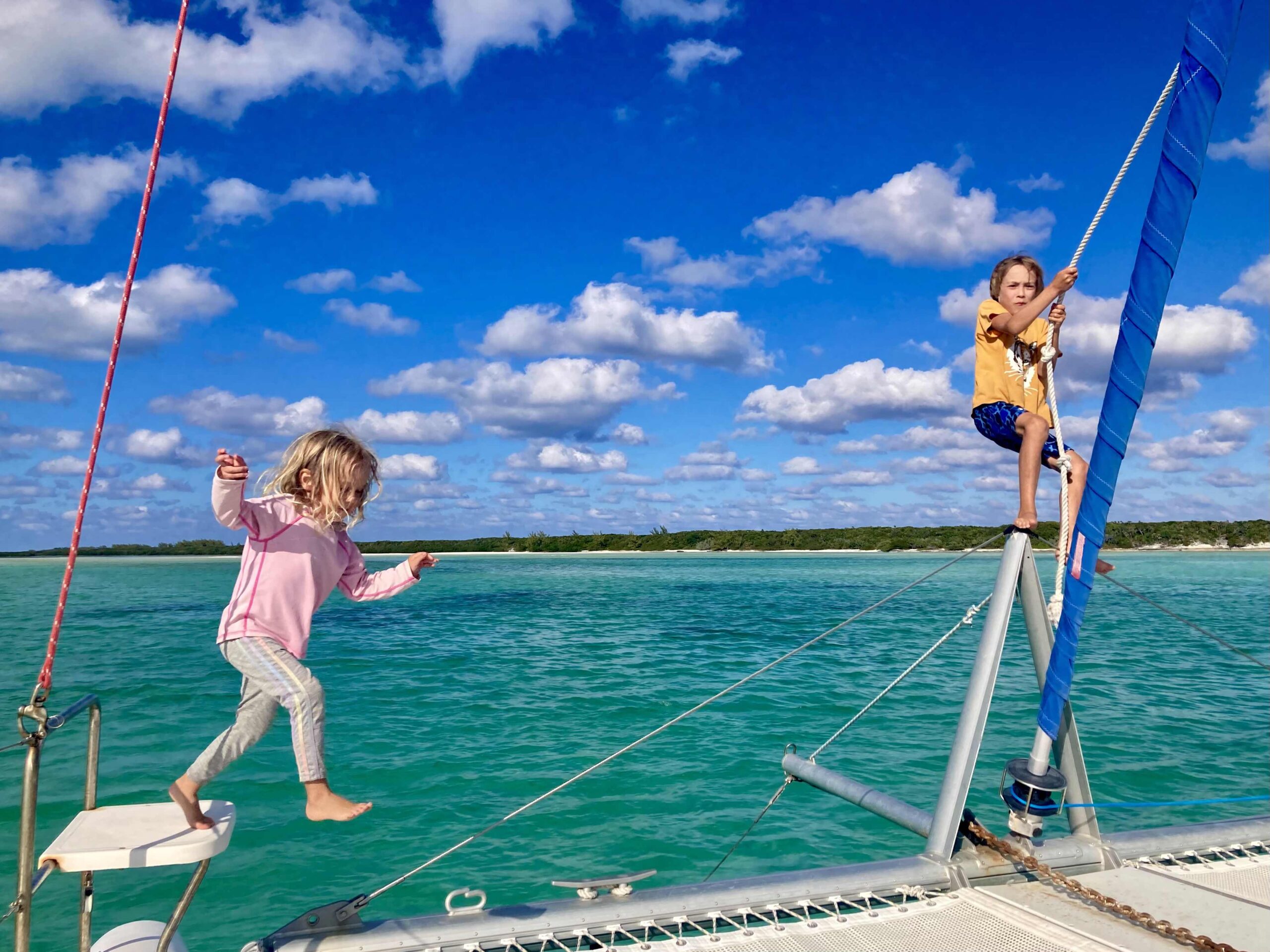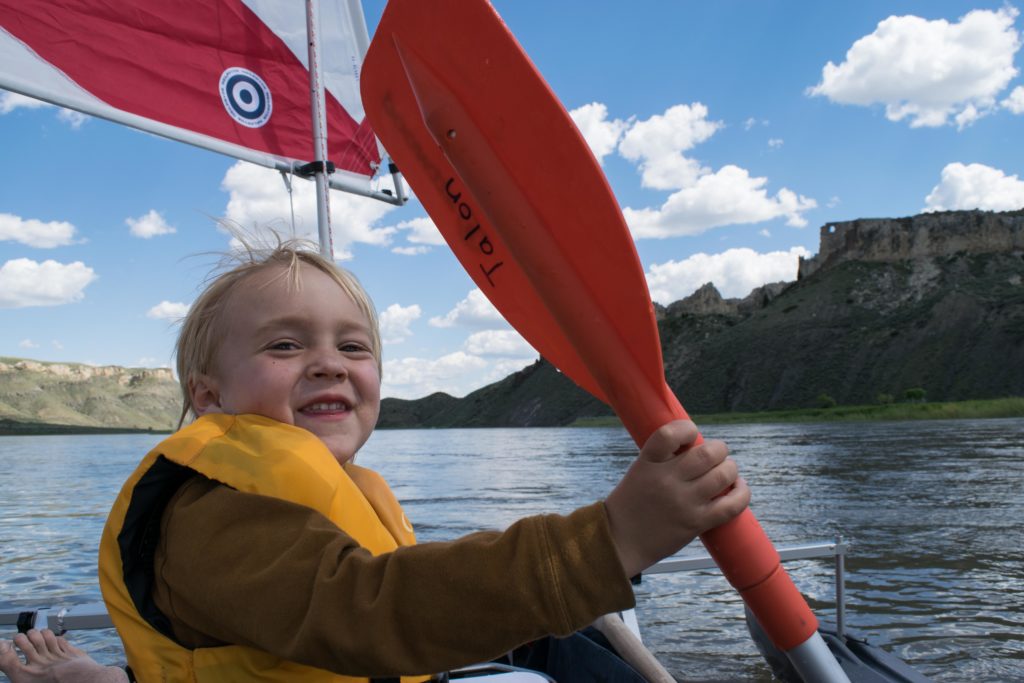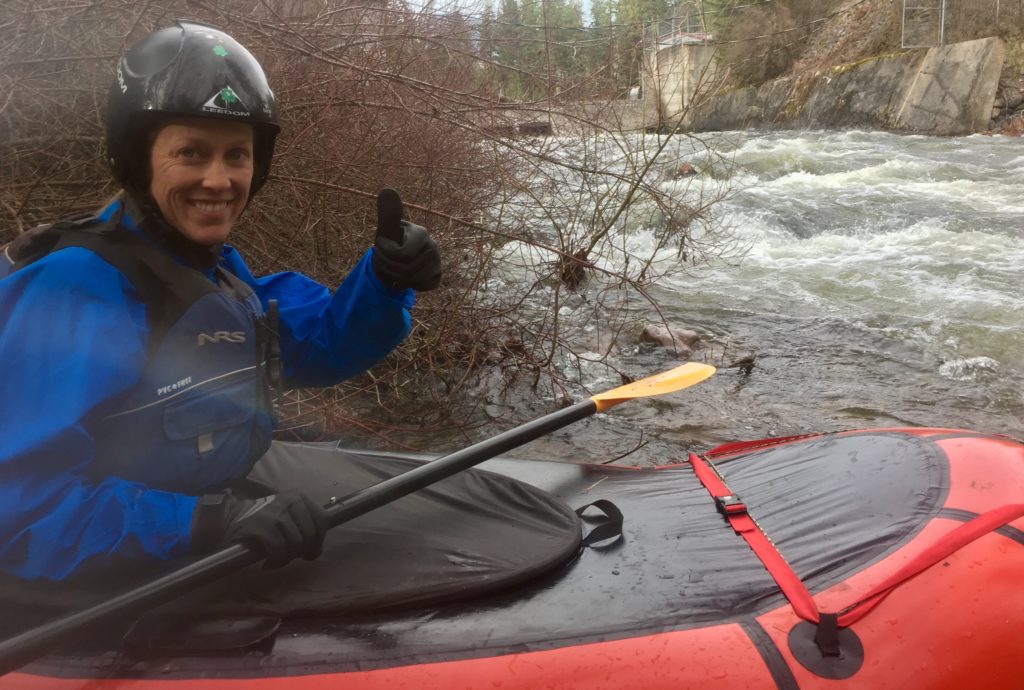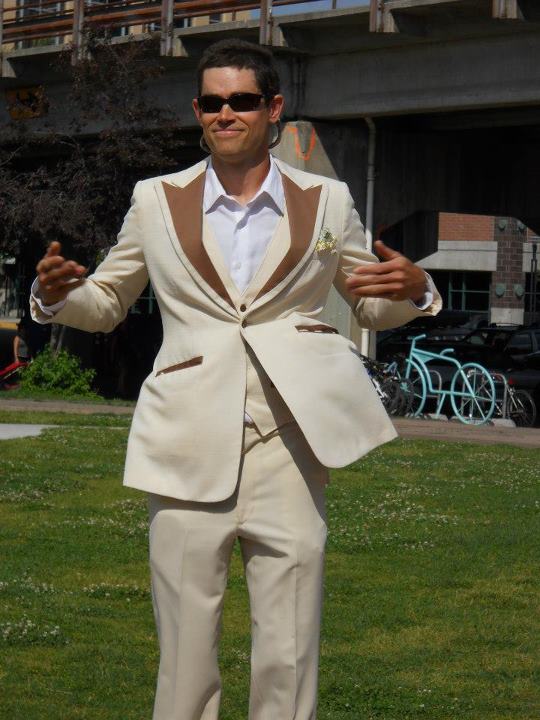What to Do When Family Adventures Don’t Go as Planned
This excerpt is from a post published by OARS, a rafting & adventure travel company. Check ’em out!
Photo above courtesy of OARS.com
By Brianna Randall
Ever been peed on by your toddler while running a Class IV rapid? Or perhaps you’ve had to clean your son’s vomit off the gear just before the start of a long-awaited family vacation to a national park, and then woke up to everyone puking near the tent later that night. Or maybe you once drove four hours to meet family friends for a three-day paddling trip then realized that you forgot everyone’s sleeping bags … and the kids’ PFDs.
I, unfortunately, get to check “yes” to all of the above. My husband and I explore outside with our young children almost every weekend, but our family adventures don’t go as planned 99% of the time.
Sometimes that means we endure inconvenient or uncomfortable situations (par for the course most days as a parent, whether you’re adventuring outside or not). But other times meeting our kids’ needs means that we stumble upon a spectacular hot spring when we have to switch rafting itineraries, or that we get to swim with dolphins because we stopped kayaking (again) for snacks to avoid a meltdown.
Getting into nature with young children can be challenging, to say the least. Many parents may feel overwhelmed by the logistics or perceived risks of venturing outside with their children.
But the benefits are worth the hassle. Research shows that being in nature relieves stress, increases creativity, and encourages kindness and generosity.
Whether rafting, walking, birdwatching or camping, outdoor adventures support emotional and physical well-being for the whole family. Exploring outside draws kids away from screens, and helps them connect with people and the world around them. Plus, working as a team during family outings helps kids problem-solve and learn new skills.
Convinced of the pros for braving outdoor activities with your family? Read these tips on how to tackle challenges during family adventures with kids!
















































